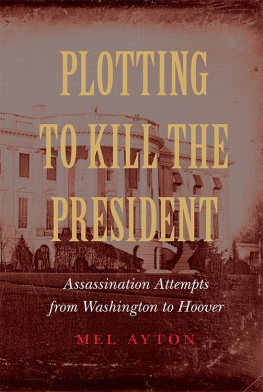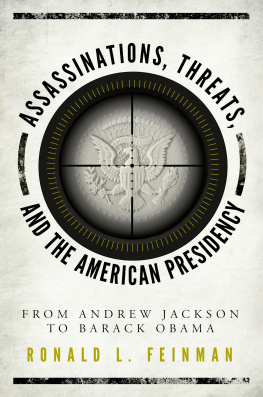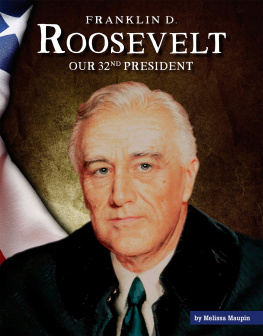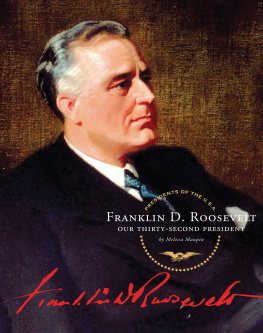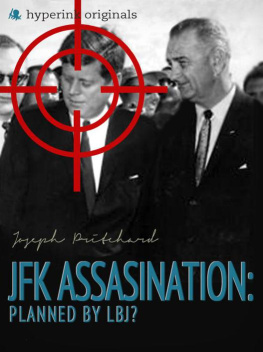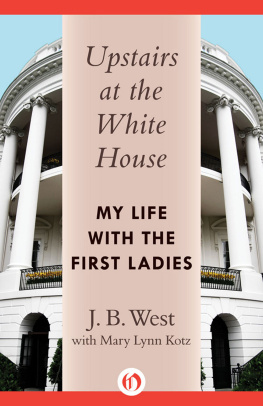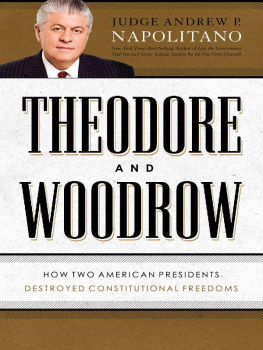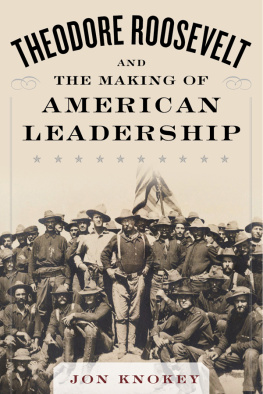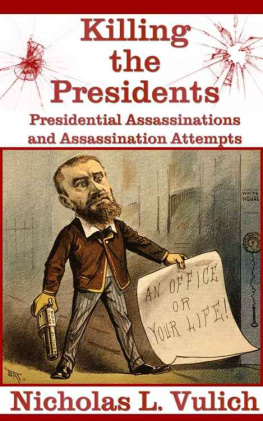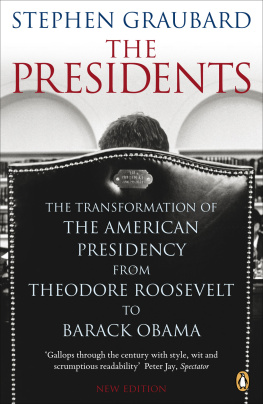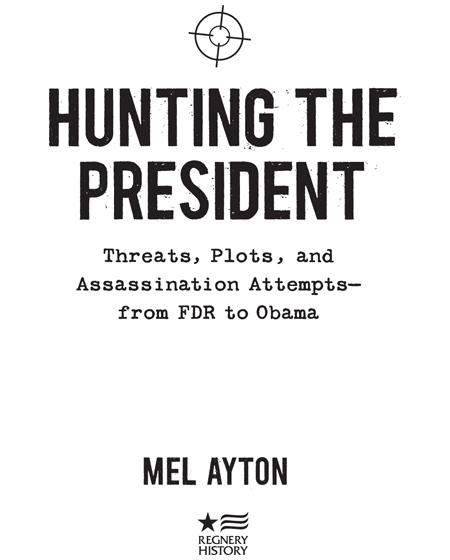Copyright 2014 by Mel Ayton
All rights reserved. No part of this publication may be reproduced or transmitted in any form or by any means electronic or mechanical, including photocopy, recording, or any information storage and retrieval system now known or to be invented, without permission in writing from the publisher, except by a reviewer who wishes to quote brief passages in connection with a review written for inclusion in a magazine, newspaper, website, or broadcast.
First ebook edition 2014
eISBN 978-1-62157-234-3
The Library of Congress has cataloged the hardcover edition as follows:
Ayton, Mel.
Hunting the president : threats, plots, and assassination attempts; from FDR to Obama / Mel Ayton.
pages cm
Includes bibliographical references and index.
1. Presidents--Assassination--United States--History. 2. Presidents--Assassination attempts--United States--History. 3. Presidents--United States--Biography. 4. Assassins--United States--Biography.
I. Title.
E176.1.A88 2014
364.1524097309045--dc23
2014001775
Published in the United States by Regnery History, an imprint of Regnery Publishing, a Salem Communications Company, One Massachusetts Avenue NW, Washington, DC 20001. www.RegneryHistory.com
10987654321
Books are available in quantity for promotional or premium use. Write to Director of Special Sales, Regnery Publishing, One Massachusetts Avenue NW, Washington, DC 20001, for information on discounts and terms, or call (202) 216-0600.
Distributed to the trade by
Perseus Distribution
250 West 57th Street
New York, NY 10107
To my wife, Sheila
ALSO BY MEL AYTON:
Questions of Controversy: The Kennedy Brothers
A Racial Crime: James Earl Ray and the Murder of Martin Luther King Jr.
The Forgotten Terrorist: Sirhan Sirhan and the Assassination of Robert F. Kennedy
The JFK Assassination: Dispelling the Myths and Challenging the Conspiracy Theorists
Dark Soul of the South: The Life and Crimes of Racist Killer Joseph Paul Franklin
Justice Denied: Bermudas Black Militants, the Third Man, and the Assassinations of a Police Chief and Governor
CONTENTS
H unting the President is an account of the threats, plots, and assassination attempts made against U.S. presidents over an eighty-year period, beginning with the election of Franklin D. Roosevelt. Drawing on many previously undisclosed materials, the book presents a richly informative sequence of case studies of presidential attackers, plotters, and threateners, some of whom nearly changed the course of history. Hunting the President is a corrective to the numerous history books and biographies that have ignored or overlooked the many threats modern presidents have faced. It is an original work based on archived interviews with Secret Service agents, U.S. presidents and their family members; oral histories from presidential libraries; congressional reports; the published memoirs of Secret Service agents; police files; FBI files; government agency reports; newspaper archives; and court records.
During my research I discovered that there was an extraordinary array of cases that did not gain public attention even as they rang alarm bells at the highest levels of government. Hunting the President reveals some of these stories for the first time. Many of the Secret Services records are closed to public scrutiny, so we cannot know how many plots have been thwarted, but there are likely more than most readers suspect.
While the Secret Service tries to limit publicity about presidential threats, former Secret Service agents have published their memoirs, given interviews to presidential libraries and the media, and even spoken about the private lives of the first families. In 1993, the Secret Service acknowledged that it would provide technical assistance for virtually any project provided it portrays us in a positive light. That included advising Clint Eastwood during the making of the movie In the Line of Fire . And in 2009, Mark Sullivan, the then-director of the Secret Service, and more than one hundred of his agents broke what the Washington Post called his agencys long-standing policy of absolute silence and cooperated with bestselling author Ronald Kessler for his book, In the Presidents Secret Service . As the Washington Post commented, Lest they forget, all agents have the motto [Worthy of Trust and Confidence] emblazoned on their IDs. But in light of an odd decision by the current director... the motto should be changed to Have You Heard This One?.... [H]oping for some good, ego-enhancing publicity, Sullivan... allowed Ronald Kessler to get an earful. Individual former and current agents also revealed secrets of the Secret Service to investigative journalist Seymour Hersh for his 1997 book, The Dark Side of Camelot .
Apart from the memoirs of agents and books delineating the work of the Secret Service, there have been a number of works that have provided psychological profiles of the perpetrators of attempted assassinations, notably James W. Clarkes American Assassins: The Darker Side of Politics (1982) and John Douglass The Anatomy of Motive . A book published in 2010, Killing the President by Willard M. Oliver and Nancy E. Marion, whilst commendable for its scholarship, is limited in what it covers, ignoring many plots and threats. While understanding the necessity of being selective, as this book is as well, the reader will soon discover that historians, presidential biographers, former Secret Service agents, and the media, for all they have revealed about presidential assassination attempts, have neglected a treasure trove of material, much of it presented here for the first time.
NOTE: Since the time of Harry Truman, commanders in chief and their families have been assigned security code names. Code names used to be used to protect the movements of the candidates. Now that the Secret Service has more secure communications, the code names are no longer secret. The military-run White House Communications Agency comes up with the names in coordination with the Secret Service.
The White House Communications Agency does not comment on the selection process, except to say that the names are assigned by sheer whim. But some have turned out to have obvious connections to the presidentRawhide (Reagan) and Deacon (Carter), for example. Others not soSearchlight (Nixon), Passkey (Ford), Timberwolf (Bush 41). The first ladies are given code names beginning with the same first letter as their husbands.
Since you cant control these things [assassination threats] you dont worry about them.
FDR
President Roosevelt, the only president elected four times, who led America during the Great Depression and through World War II, was the target of would-be assassins who threatened to bomb his train, blow up the White House, and simply shoot him. Most of these threats were the rantings of mentally ill individuals, drunks, or attention-seekers, but even they can be assassins, and some of the threats were considered extremely dangerous by FDRs protectors.
Roosevelt received an average of forty thousand letters a month at the White House. Five thousand of those were threatening. According to the chief of the White House Secret Service detail, Michael Reilly, the greatest threat to the president came not from the foreign agents or American traitors, but from people who were just plain nuts. Reilly singled out Los Angeles as the most dangerous city for the president, as it had more nuts per acre than any other American city.


